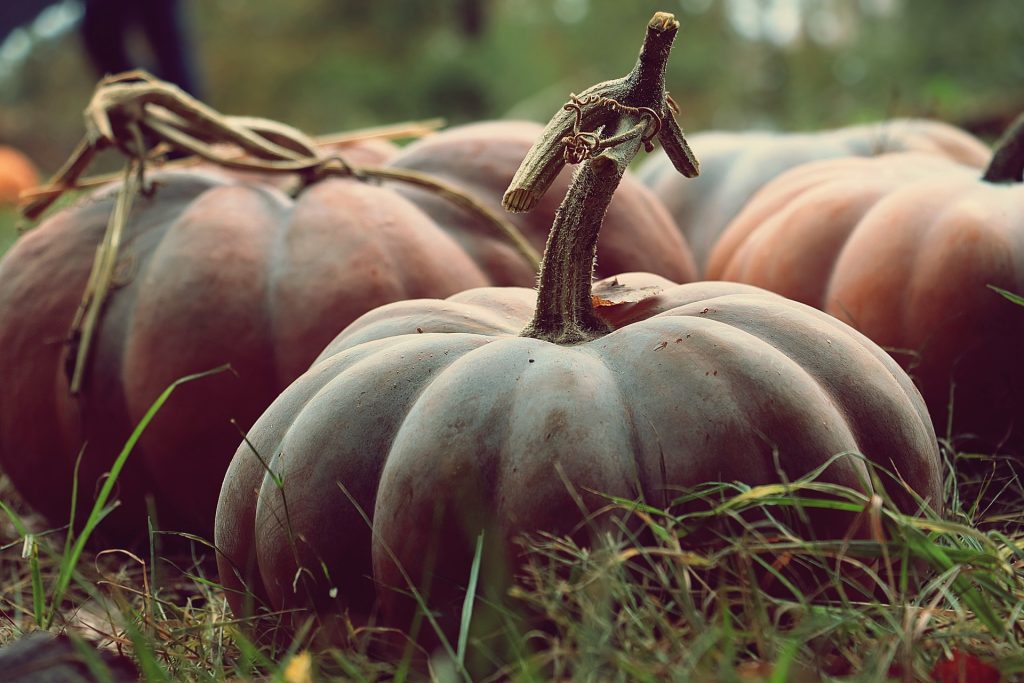Growing Pumpkins
Pumpkins are a member of the gourd family (with squash, marrow and zucchini), originating in South America.
Most commonly grown varieties in the Canberra region are Butternut (pear-shaped, prolific and not quite as rampant as other varieties), Jap (dark green skin with yellow flecks), Queensland Blue (slate-blue skin and distinctly ribbed) and Golden Nugget (a bush variety with small, tasty fruit).

Site and soil
Choose a sunny, sheltered spot in the garden for your pumpkins. Before planting, improve the soil with compost, well-rotted manure or other organic matter. They tolerate a range of soil conditions but need good drainage.
You will need a fair bit of room as the vines tend to wander. If you don’t have a lot of room, try a bush variety, or set up a trellis and encourage your vines to grow up instead of out.
Planting
Pumpkins need a long, warm growing season to reach maturity. However, seeds won’t germinate in cold soil. So either sow seeds in pots or in a protected place and then transplant into your garden, or direct sow after the last frost – October or November.
Sow seeds at a depth of about 1-2 cm on hills; germination should occur in 8-10 days. Hills should be spaced about 2m apart and can be home to 2-3 seeds or seedlings. Protect seedlings with mulch.
Cultivating
Pumpkins need regular watering and will be very happy with an application of compost tea or other liquid fertiliser during the growing season.

Removing growing tips if you want to encourage branching and fruit-set. For extra-large fruit, experts suggest allowing only one fruit to develop per vine. As fruits get bigger, you can raise them up on wood or straw to prevent rotting.
Harvesting
Leave pumpkin fruits on the vine for as long as possible, but try to get them off before the first heavy frost, which may damage the fruit. Ideally, wait until their skin has hardened and the stem is dry. When harvesting, use secateurs and leave a length of stalk attached to the fruit.
If the fruit is intended for storage, ’cure’ them first by exposing the skin to the sun for a few days and allowing it to dry out completely.

Problems
Pumpkins don’t have many pests, but will end up with powdery mildew if they don’t have enough sunlight or good air circulation. Excessive heat or rain may result in poor pollination, which may necessitate hand pollination.
